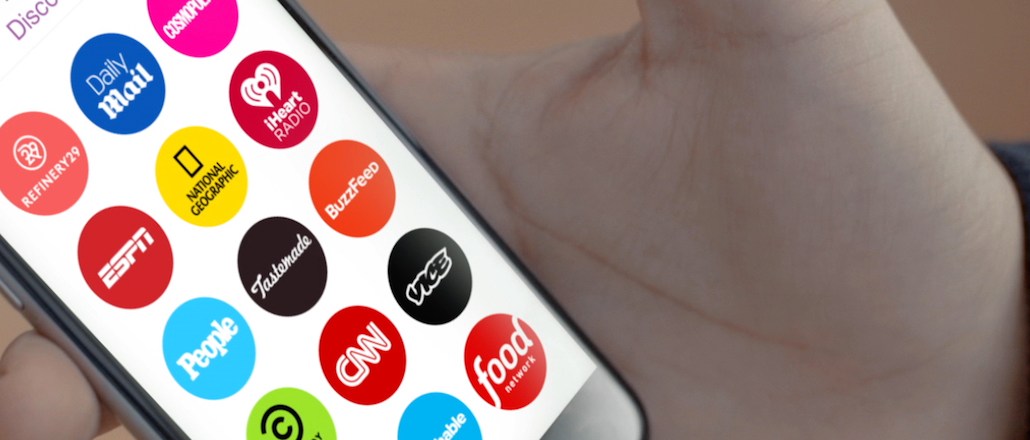
Snapchat is working on getting publishers a connection with comScore to start measuring audiences, and give advertisers a better understanding of traffic on the platform, according to sources familiar with the plans.
The addition of comScore numbers would let publishers include Snapchat into their overall pitch to advertisers, who are looking to understand traffic in the world of distributed content. Snapchat Discover hosts channels from publishers like Cosmopolitan, BuzzFeed and Vice, who post daily editions to the messaging app filled with video and articles, and ads.
Publishers already are posting to multiple channels like Facebook and YouTube, and if that keeps Internet traffic from coming to their main sites, they would like an accurate account of their total audience across channels.
ComScore charges publishers the more channels they have to measure, and that can add tens of thousands of dollars a year to their deals with the company, according to a source at a publisher that recently started paying comScore an extra $15,000 a year to measure the audience on Facebook Instant Articles.
“ComScore integration made it so Instant Articles wasn’t siphoning audience off to a place we couldn’t do measuring,” said the source, who also works on Snapchat Discover. “They’re asking us to pony up more if we want to have this Facebook traffic count toward our audience and I suspect the same thing will happen once they’re added to Snapchat.”
Facebook Instant Articles are fast-loading, multimedia stories, and publishers sell ads against them.
It was unknown when comScore measurements would be available. Snapchat declined comment for this story.
“While we are working with several of the large publishing platforms to account for distributed audiences, I can’t confirm anything specific to Snapchat at this time,” comScore said in an e-mailed statement.
Snapchat is developing its overall measurement suite for advertisers to understand performance. It has deals with companies like Nielsen and Millward Brown, which report on the reach and impact of ads.
The company also has been changing the way Discover publishers can sell ads to their own channels. Snapchat is looking to sell more targeted ads based on the attributes of the user on the other end, not the channel their viewing.
This audience-based approach to buying has required some investment by the company into more ad technology to deliver more targeted ads, like Facebook and Google. But Discover publishers have said that means they have less control over the ad inventory on their channels, and that Snapchat is altering deals to allow it to deliver ads across the various publishers, as part of bigger deals it negotiates.
The Discover publishing source said Snapchat has taken away its exclusivity rights to sell ads, and will back-fill its channel with ads. Snapchat’s vertical video ads cost at least 2 cents a view, but Discover publishers have been known to command more.
Snapchat also has some new ad units it is building, which resemble Facebook Canvas ads, allowing users to swipe up on ads to view more interactive sponsored content. Those units are being called 3Vi for “interactive,” which is an extension of Snapchat’s first 3V ads, which stand for vertical, video and views.
More in Media

Podcast companies turn to live events to capture growing advertiser spend
The surge in the number of live podcast events in 2025 reflects a broader shift: advertisers are betting bigger on podcasts — not just as an audio channel but as a full-fledged creator economy play.

Media Briefing: ‘Cloudflare is locking the door’: Publishers celebrate victory against AI bot crawlers
After years of miserably watching their content get ransacked for free by millions of unidentified AI bot crawlers, publishers were finally thrown a viable lifeline.

How Vogue could navigate potential industry headwinds as Anna Wintour — who agency execs say made ad dollars flow — brings on new edit lead
Anna Wintour’s successor at Vogue will have to overcome the myriad of challenges facing fashion media and the digital publishing ecosystem.





